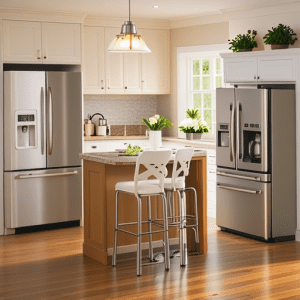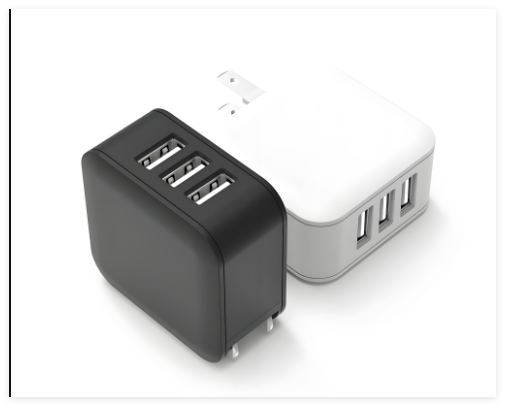How can smart home appliances respond to power outages or other emergencies?
First and foremost, the original intention of designing smart home appliances is to enhance the quality of people’s lives, making daily living more convenient and comfortable. However, as the ancients wisely said, “Forewarned is forearmed,” while enjoying the convenience brought by smart home appliances, we must also consider their stability and reliability when facing emergencies.

According to the International Energy Agency (IEA) report in 2023, the global smart home appliance market is expected to grow at an annual rate of over 10%, with sales reaching 300 billion US dollars by 2025. This data fully demonstrates the vigorous development of the smart home appliance market and people’s pursuit of smart living.
In the face of emergencies such as power outages, the response strategies for smart home appliances can be developed from the following aspects:
- Backup Power Systems: Smart home appliances can be equipped with built-in or external backup power systems, such as batteries or small generators, to ensure they can continue to operate for a period during power outages.
- Intelligent Energy Management: Through intelligent energy management systems, home appliances can automatically switch to energy-saving mode when detecting unstable power supply, reducing energy consumption and extending the use of backup power.
- Remote Control and Monitoring: Even during power outages, users can monitor the status of home appliances through mobile phones or other remote devices, and even remotely start home appliances after power is restored.
- Adaptive Learning: Smart home appliances can learn users’ habits and automatically adjust their working modes in emergencies to operate in the most energy-efficient way.
- Community-Level Energy Sharing: At the community level, an energy sharing system can be established, storing energy with energy storage devices when power is abundant, and providing power support to the community in emergencies.
- Policy and Regulatory Support: Governments and industry organizations can formulate relevant policies and standards to encourage smart home appliance manufacturers to consider emergency response capabilities in product design.
- Education and Training: Strengthen the education and training of users to let them understand the correct use of smart home appliances in emergencies and improve their emergency handling capabilities.
As the “I Ching” says, “Change brings about flow, and flow brings about longevity.” The development of the smart home appliance industry also needs to continuously adapt to changes and innovate technology to meet various challenges. We believe that through the joint efforts of the industry and beyond, smart home appliances will become more mature and stable, bringing more convenience and peace of mind to people’s lives.
Thank you all!



Post Comment